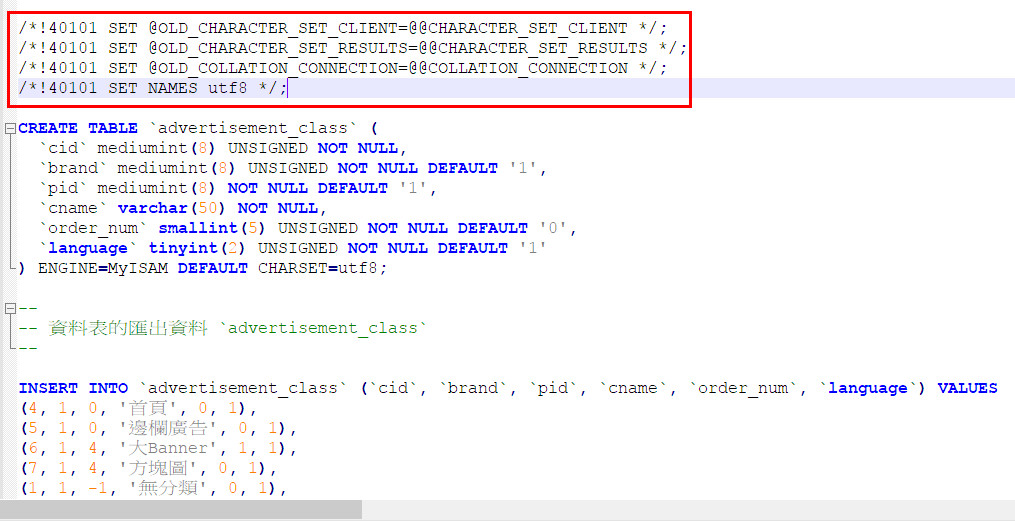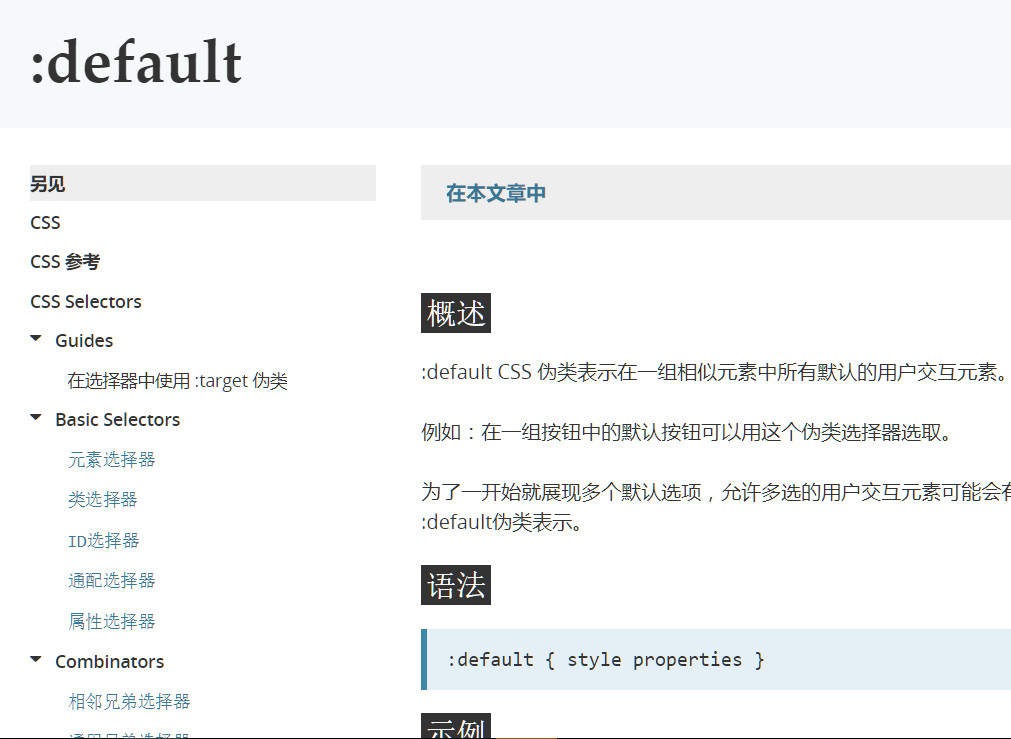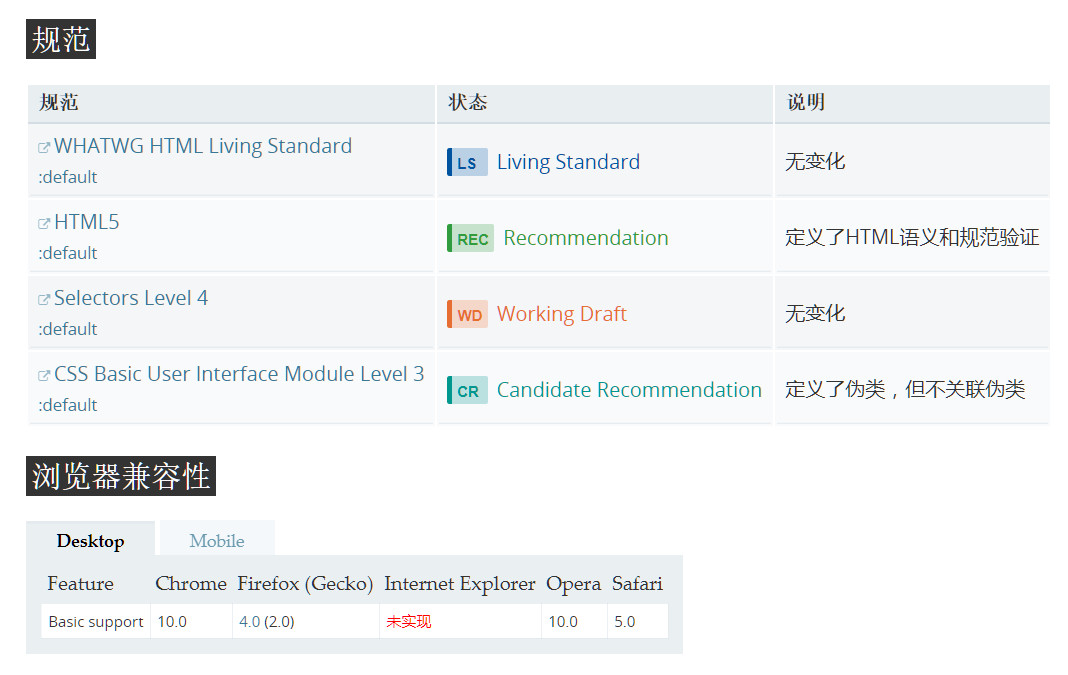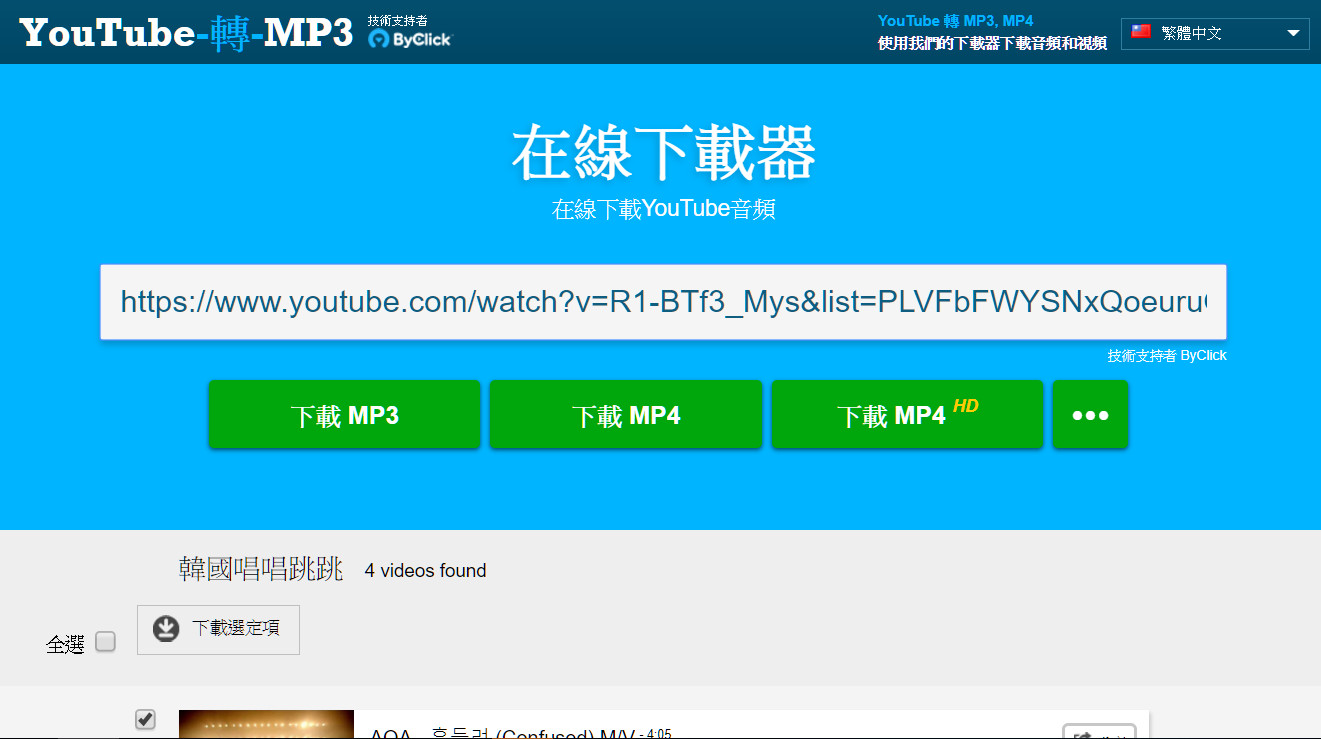MySQL 匯入發生下列錯誤
Variable ‘character_set_client’ can’t be set to the value of ‘NULL’
今天再進行客戶資料庫移機的時候,從原本舊機器的phpMyAdmin匯出MySQL的sql檔,匯入新的客戶主機,再熟悉不過的匯出匯入動作,居然冒出了個錯誤,好吧!!遇到錯誤就來解決吧,這裡不討論造成原因,這時候不想知道什麼原因,估狗大神快教我怎麼解決,我想神聽到了。
用你爽的編輯器打開SQL檔,此例使用Notepad++

在文件最前端貼上下面這幾行:
/*!40101 SET @OLD_CHARACTER_SET_CLIENT=@@CHARACTER_SET_CLIENT */; /*!40101 SET @OLD_CHARACTER_SET_RESULTS=@@CHARACTER_SET_RESULTS */; /*!40101 SET @OLD_COLLATION_CONNECTION=@@COLLATION_CONNECTION */; /*!40101 SET NAMES utf8 */;
成功匯入
有圖有真相

結論
為什麼呢?? 嘿~自己估狗,我沒很想知道~哈哈哈
參考資料:
[……]




 千呼萬喚始出來,AWS有Plesk官方的AMI囉!
千呼萬喚始出來,AWS有Plesk官方的AMI囉!

